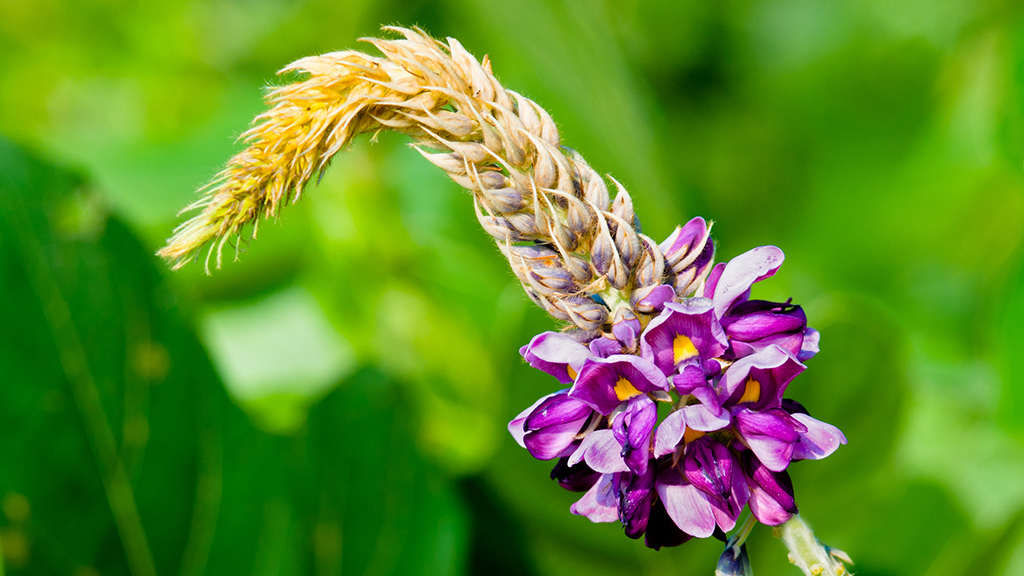Abstract
It is now well known that non-native species have the potential to be harmful to an ecosystem, but that wasn't always the case, and getting rid of non-native invasive species is usually a difficult task. This brief, interrupted case study tells the story of kudzu's introduction into the United States in the late 1800s. It also examines (and even questions) how we define words like "native" versus "non-native" and "invasive" versus "non-invasive." Students will learn how invasive species impact ecosystems and why some non-native species never become established. They also will address questions related to eradicating non-native invasive species. For example, is it okay to attempt to get rid of a non-native species with another non-native species? As part of the activity, students also will have to decide whether or not kudzu should be considered "native" since it has been in the United States since 1876. Originally designed for a general biology course for majors, the case has also been used in a biology class for non-majors as well as an environmental biology class.



